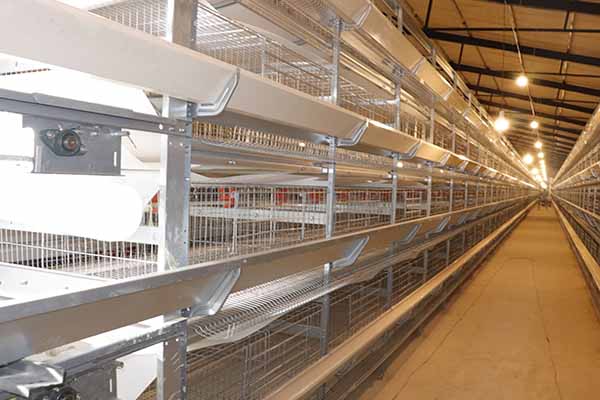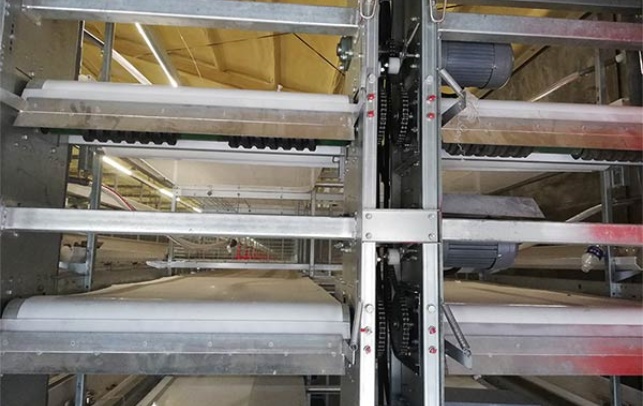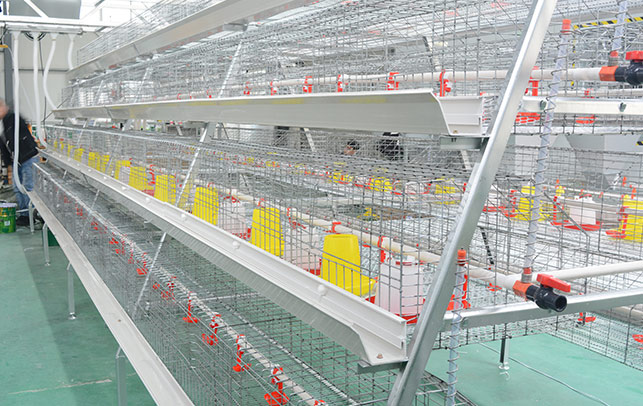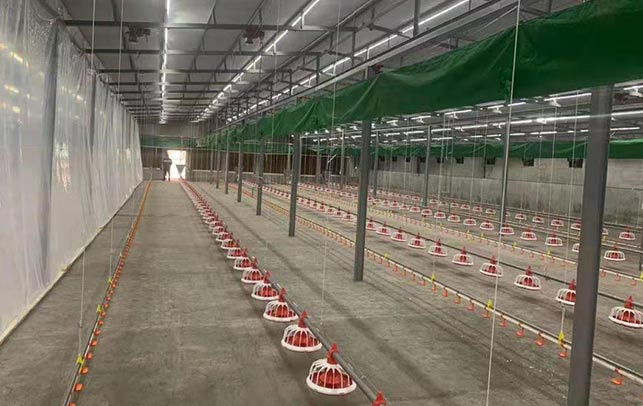Revolutionizing Chicken Farming in Kenya: The Impact of Kienyeji Improved Chicken Breeds
Time : 2025-05-13
Kienyeji improved chicken, the term might sound foreign, but in Kenya, it has become a game-changer for chicken farming. Let’s dive into the details of this innovative breed and its impact on the agricultural sector in Kenya.
What is Kienyeji Improved Chicken?
Kienyeji improved chicken, often shortened to KIC, is a breed developed in Kenya through selective breeding. It’s a cross between the native Kienyeji chicken, which is indigenous to Kenya, and various other chicken breeds from around the world. The goal was to create a chicken that would thrive in the local climate, produce more eggs, and have better growth rates.
The Kienyeji improved chicken is known for its hardiness, disease resistance, and ability to adapt to the Kenyan environment. This has made it a popular choice among smallholder farmers across the country.
The Origin of Kienyeji Improved Chicken
The story of Kienyeji improved chicken began in the 1990s when the International Livestock Research Institute (ILRI) and the Kenya Agricultural Research Institute (KARI) started the KIC project. They aimed to enhance the existing Kienyeji chicken with desirable traits from other breeds.
Through careful selection and breeding, the KIC breed emerged as a result of hybridization and selection based on the desired traits such as egg production, meat yield, and disease resistance. The first batch of KIC chickens were released in 1999.
Why is Kienyeji Improved Chicken so Important?
1. Increased Productivity: KIC chickens are more productive than the traditional Kienyeji breed. They lay up to 200 eggs per year, compared to the 50-70 eggs of the native Kienyeji chickens.
2. Adaptability: The KIC breed is well adapted to the Kenyan climate, which means they can be raised even in rural and semi-urban settings without requiring specialized housing.
3. Disease Resistance: Being resistant to many common diseases, KIC chickens are less likely to fall sick, reducing the need for expensive veterinary treatments.
4. Sustainability: KIC chickens are better for the environment because they produce less methane and less waste per unit of meat and eggs.
5. Income Generation: For smallholder farmers, the KIC chickens offer a better chance to increase their income. With higher productivity and fewer healthcare costs, the returns on investment are higher.
The Impact of Kienyeji Improved Chicken in Kenya
The adoption of KIC has had a significant impact on the Kenyan economy and society:
1. Rural Income: Many smallholder farmers have seen their income grow as they are able to sell more eggs and meat, which fetches better prices in the market.
2. Job Creation: The increase in demand for KIC chickens has also led to job creation, from the breeding and distribution of chicks to the sales and marketing of eggs and meat.
3. Health: As KIC chickens are disease-resistant, there has been a decrease in the use of antibiotics in poultry farming, leading to better public health outcomes.
4. Education: The success of KIC has sparked interest in agricultural research and education, encouraging young people to take up farming as a viable career.
Challenges and the Future of Kienyeji Improved Chicken
Despite its success, the KIC program faces challenges:
1. Access to Resources: Some smallholder farmers still struggle to access KIC chickens due to high costs and lack of financing.
2. Market Competition: With the influx of cheaper chicken imports, local producers need to ensure their products remain competitive.
3. Breeding Programs: Continuous research is needed to improve the KIC breed further, ensuring it stays relevant and competitive in the market.
Looking ahead, the KIC program is poised for further growth and development. With ongoing support from government and private sectors, there’s a strong likelihood that KIC will continue to play a vital role in transforming the Kenyan poultry industry.
In conclusion, the Kienyeji Improved Chicken has become a symbol of innovation and progress in the agricultural sector in Kenya. Its ability to adapt, produce, and thrive has not only benefited farmers but also contributed to the economic and social development of the nation.












